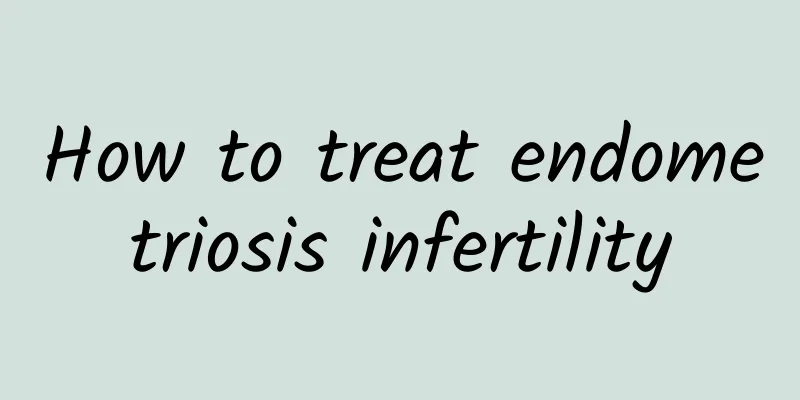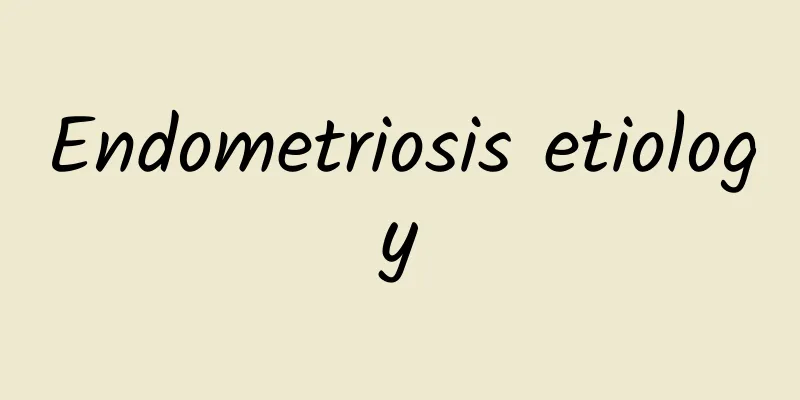What are the symptoms of adenomyosis and what are the dangers

|
The main symptoms of adenomyosis include heavy menstrual flow, prolonged menstrual periods, severe menstrual pain and infertility. Its hazards include anemia, chronic pain and impact on fertility. Recognizing symptoms and seeking medical treatment as early as possible is the key to relieving discomfort and preventing the condition from worsening. 1Symptoms of adenomyosis Adenomyosis is a disease caused by the invasion of endometrial tissue into the myometrium. Its most typical symptoms are menstrual abnormalities, including increased menstrual flow, prolonged menstrual periods, and dysmenorrhea. The pain of dysmenorrhea may gradually increase, and may even be accompanied by chronic pelvic pain. Some patients may experience problems such as dyspareunia, irregular vaginal bleeding, and infertility. Early symptoms may not be obvious, but as the disease progresses, symptoms will gradually increase, seriously affecting the quality of life. 2 The dangers of adenomyosis The harm of adenomyosis is mainly reflected in three aspects: 1. Excessive menstrual flow and prolonged menstruation may lead to iron deficiency anemia. Anemia can cause symptoms such as dizziness, fatigue, and pale complexion. If not treated for a long time, it may damage the function of the body's organs. 2Persistent menstrual pain and pelvic discomfort can cause chronic pain, put great pressure on the patient's life and psychology, and may even lead to depression or anxiety. 3 For women who want to have children, adenomyosis may lead to infertility. This is because changes in the intrauterine environment affect the implantation of the fertilized egg, and severe patients may develop endometriosis. 3 Treatment of adenomyosis 1. Drug treatment: For mild to moderate patients, the use of oxytocin, oral contraceptives or progesterone drugs can help relieve symptoms. For example, diprogesterone acetate tablets or levonorgestrel intrauterine system therapy are often recommended. 2 Non-drug treatment: Patients with severe pain can consider minimally invasive surgery, such as endometrial ablation or hysteroscopic surgery to remove the lesion. For patients with severe fertility problems, assisted reproductive technology may also be needed. 3 Daily care: Patients can eat more iron-rich foods such as broccoli, beef and spinach, and do light exercise to relieve pain. Regular gynecological examinations can help detect and control the disease early. The symptoms and hazards of adenomyosis need to be taken seriously, and it is recommended to seek medical attention in time when obvious symptoms appear. Comprehensive treatment combining medication, surgery and lifestyle adjustments can effectively alleviate the condition and improve the patient's physical and mental health and quality of life. |
<<: What are the uncomfortable symptoms of cervical erosion
>>: What causes endometriosis?
Recommend
What are the clinical classifications of threatened abortion?
Pregnant mothers who are worried about threatened...
Anti-clenbuterol beef! Food Safety Alliance protests near AIT
The Legislative Yuan will vote on the amendment t...
Can high blood sugar cause menstrual irregularities?
Can high blood sugar cause menstrual irregulariti...
Do you know what causes cervical hypertrophy?
Speaking of cervical hypertrophy, the literal mea...
What are the examination methods for vaginitis?
What are the examination methods for vaginitis? V...
Can Polycystic Ovary Syndrome be Cured?
Polycystic ovary syndrome is a complex disease ca...
How to check for bacterial vaginosis in men
We know that there are many causes of bacterial v...
How to treat early stage endometriosis
The initial symptoms of endometriosis are usually...
When will menstruation come after abortion? What if menstruation does not come after abortion?
When will menstruation come after abortion? This ...
How to Treat Pelvic Peritonitis with Traditional Chinese Medicine
Traditional Chinese medicine believes that pelvic...
Diagnosis and confirmation of vulvar leukoplakia
Vulvar leukoplakia has become one of the diseases...
What medicine should I take for endometritis and pelvic inflammatory disease
The treatment of endometritis and pelvic inflamma...
What are the clinical manifestations of primary dysmenorrhea?
Dysmenorrhea is a common physiological phenomenon...
Should I remove myoma or have myomectomy at the age of 50?
When a 50-year-old woman faces uterine fibroids, ...
Obesity increases the risk of cardiovascular disease! What are the types of weight loss surgeries? What are the conditions for health insurance to cover weight loss surgery?
In the outpatient clinic, I met a patient in his ...









